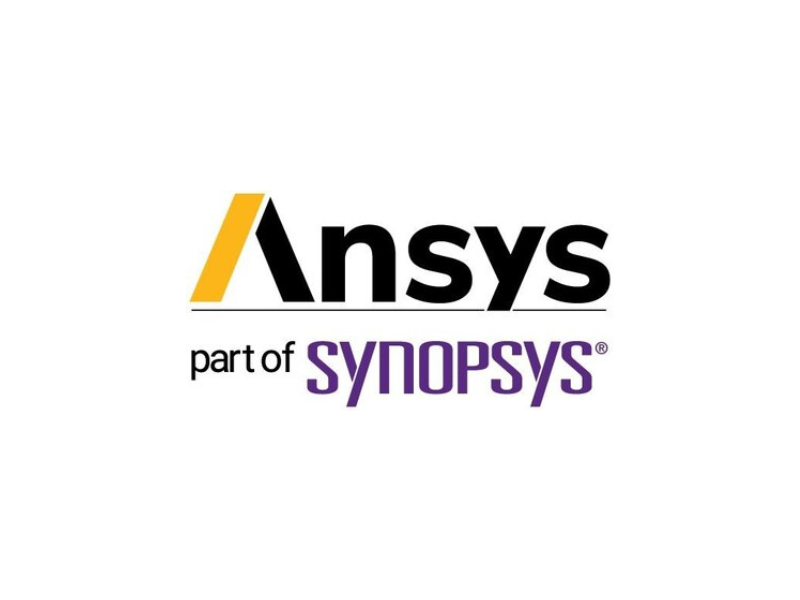Ansys, now part of Synopsys, has officially announced the launch of 2025 R2, which arrives on the scene bearing an assortment of new AI-powered capabilities that, on their part, can accelerate simulation and expand accessibility. …
Ansys, now part of Synopsys, has officially announced the launch of 2025 R2, which arrives on the scene bearing an assortment of new AI-powered capabilities that, on their part, can accelerate simulation and expand accessibility.
According to certain reports, these capabilities arrive on the scene bearing an ability to deliver enhanced solvers, streamlined workflows, as well as improved engineering agility and on-demand cloud computing.
Under the 2025 R2, Ansys is set to bring forth Ansys Engineering Copilot, which happens to be a secure, robust, and reliable virtual assistant built on decades of Ansys technical expertise. More on that would reveal how this particular solution makes AI-driven assistance available directly within Ansys products, and it does so on the back of a consistent, seamless user experience and instant access to a vast knowledge base.
The stated assistance, for instance, stems from AnsysGPT™, a feature capable of integrating Microsoft Azure AI Foundry, including Azure OpenAI in Foundry Models.
At launch, Ansys Engineering Copilot is available in Ansys Mechanical™, Ansys Discovery™, Ansys Fluent®, Ansys HFSS™, Ansys Electronics Desktop (AEDT)™, Ansys Scade One™, Ansys Speos®, Ansys Maxwell®, Ansys optiSLang®, and Ansys Lumerical products.
“Ansys simulation is the touchstone of reality when it comes to physics, bridging the theoretical with the experimental,” said Shane Emswiler, senior vice president of products at Ansys. “With over 50 years of expertise in advanced physics computation, 2025 R2 continues to push the envelope by delivering enhancements for smarter, faster, and more complex simulations. Ansys technology provides the framework to make data meaningful through models, metadata, traceability, and standards — empowering more innovative products now and in the future.”
Beyond that, Ansys also took this opportunity to unveil AI capabilities across the Ansys portfolio to automatically create, validate, and optimize high-fidelity simulation.
These capabilities, going by the company’s claim, will achieve 17x faster results for radiation pattern calculations and more precise phased array antenna beam steering simulations with HFSS, critical for applications like 5G/6G, radar sensors, and satellite communications.
As a part of this effort, the company has even integrated built-in AI functionality called AI+ into seven of its products. The idea here is to make simulations easier, faster, and more accessible, including the new Ansys Missions AI+ ODTK tool for orbital accuracy.
Ansys further expanded its Python compatibility, across its PyAnsys solution, to help engineers create customized automation, all for the purpose of accelerating workflows, boosting data management, and ensuring project repeatability.
As a result, over 40 Python libraries within the PyAnsys™ collection, now featuring PySTK™ and PyChemkin™, are able to offer a Python interface for Ansys solutions so to automate workflows and drive higher productivity.
The move would also significantly cut down on cybersecurity risks by automating threat analysis and vulnerability management in the new web-based, fully cooperative solution Ansys medini® Cybersecurity SE.
Beyond that, it should allow for users to directly connect software, safety, and simulation in one solution with the SysML v2 web-based platform Ansys System Architecture Modeler (SAM)™ Enterprise, delivering a comprehensive MBSE methodology.
“PyAnsys™ is critical to enabling custom workflow automation, integration, and scalability across our simulation environment,” said Michael Laursen, head of virtual design, test & optimization at Danfoss Drives. “The open ecosystem allows us to connect tools and leverage AI for an accelerated end-to-end workflow. Ansys technology helps our teams advance and maximize our digital design processes to keep pace with an ever-changing industry, all while reducing costs and speeding product development.”
Among other things, it ought to be acknowledged that Ansys even made an effort to accommodate faster performance on large transient models with the new mixed solver in Ansys Mechanical.
Apart from that, the company has enhanced its Ansys Rocky™ and Ansys FreeFlow™ solutions to provide advanced multiphysics capabilities, including thermal, fluid-structure, and electromagnetic coupling for detailed simulations and performance optimization. On the other hand, Ansys PowerX™, a debugging tool, now has all the means to reduce design time in semiconductor power devices through seamless identification of parasitic issues, streamlining of setup tasks, and the activation of efficient 2D meshing.




